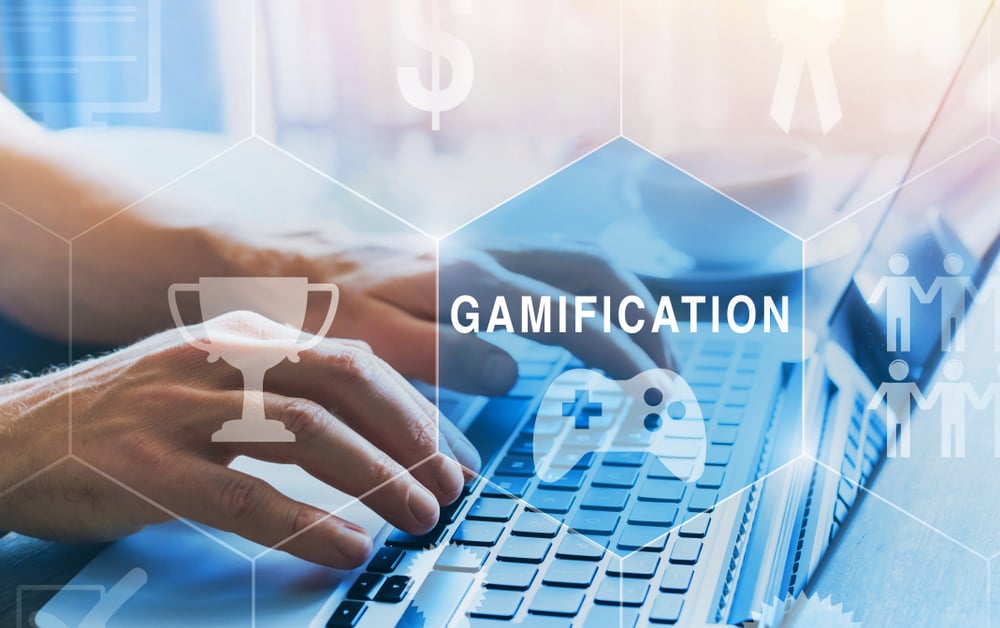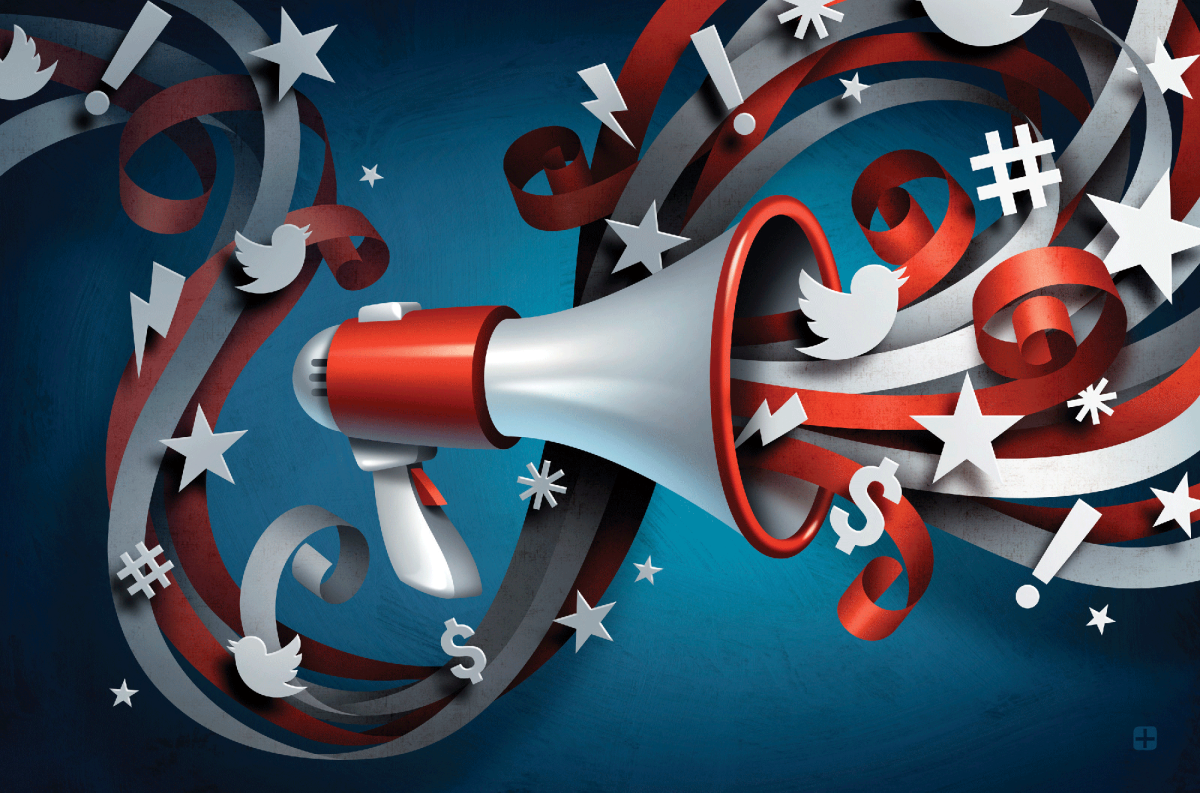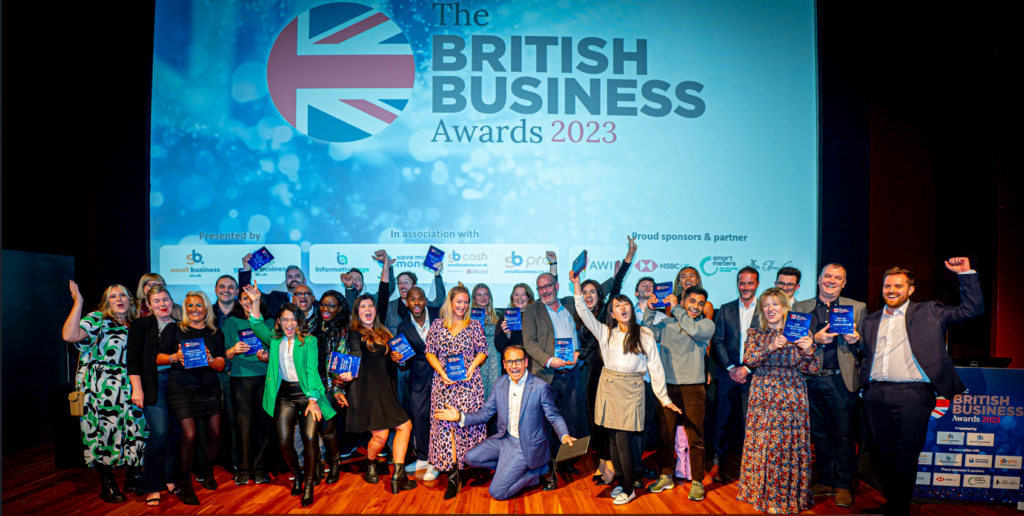
One of the fundamentals of the Great Game of Business is MiniGames, which are short-term, intensely focused, ‘continuous improvement’ campaigns designed to affect a change, correct a weakness, or pursue an opportunity within the organization. There is a team goal, a way to keep score (Scoreboard), and a reward for winning, usually self-funded by the improvements made.
We all know gamification principles at the office are effective ways to change processes and company culture. As part of our method, games are literally in our name.
But why does gamification work?
That’s what we’re here to explain.
Dopamine in the Human Brain Is the Key to Gamification’s Success
The primary reason gamification works is due to the dopamine response in your brain. If you remember the intro to ABC’s Wide World of Sports, part of the narration goes “the thrill of victory.”
There is actual scientific evidence that victory is, indeed, thrilling.
You could say the human brain is wired to win. Dopamine is a naturally occurring neurotransmitter in the brain that makes us feel good when we accomplish something. It’s our brain’s way of rewarding us for doing something well.
And we want to feel that way again and again.
Dopamine is responsible for those good feelings when you beat a level on a video game, your favorite sports team wins a game, and you eat the right foods, among millions of other examples. As your brain releases more dopamine, you want that feeling to continue. We love winning and achieving because our brain rewards us for doing so.
And that’s why humans love learning. Dopamine is part of our brain’s complex way of learning and teaching us by rewarding positive outcomes.
We may not notice dopamine all the time, but our brain releases dopamine when we eat, drink, and even compete to survive, all of which have been a part of humanity since our species first began. But the dopamine effect may become more pronounced when we do things out of the ordinary, like win a game, complete a big project, or accomplish a feat that’s not everyday or mundane.
Dopamine, in the right amounts, helps us to feel happy, motivated, alert, and focused, all of which are positive emotions.
Emotions are the next aspect of why gamification works when trying to overhaul your company culture.
Making the Emotional Connection in Gamification
Turning a short-term memory into a long-term memory that sticks with you always involves a strong emotional connection to that specific memory. Think back to the time you scored a game-winning goal or your favorite team won a championship. Or when you married your spouse or child first learned to walk. Those are all very positive memories you might remember “as if they were yesterday.”
There is some truth to that notion. The stronger the emotions, the more readily you remember a particular event, whether positive or negative, euphoric or traumatic.
The physical reason memories need emotions to stay more permanent is how the human brain is hardwired. Memories are physically stored in the hippocampus (not a group of large, African, semi-aquatic mammals) deep inside the brain. It’s the region associated with learning and memory. Meanwhile, the amygdala (not the leader of Naboo in the Star Wars prequel movies) helps you process and experience emotions.
The amygdala gives your hippocampus a valuable assist to make storing memories more effective, especially if both regions are activated at the same time. So, the key to developing stronger memories is to have an emotional event to get two critical parts of the brain to work in sync with each other.
Sitting in your Monday morning meetings every week and giving reports doesn’t invoke many memories because these gatherings aren’t particularly emotional. However, joining your best friends from high school on a once-a-year kayaking trip is something you look forward to because of the pleasant and fun memories you’ve experienced in the past.
The more interesting the events, the more memorable they are. This concept leads us to the third way gamification works when overhauling your company culture.
Keeping Gamification Interesting Induces Better Learning Outcomes & Emotional Responses
Why do we watch sports whenever there is a new game? Because the outcome is never certain. Even if the top team is playing the bottom-dweller, fans of both teams cheer them on because they want to see a victory. Fans of the top team wish to decimate the lower-tiered one. Fans of the lesser team want a David-over-Goliath upset. Along the way, millions of decisions and plays within a game can lead to the final score.
No one wants to watch a basketball game if both teams just dribble the ball and never shoot toward the hoop. When playing a game of Scrabble, we don’t want to make two- and three-letter words over the entire board.
We live to see the amazing plays, the build-up, the “Oh, that was amazing!” moments.
We want to do this same thing with gamification. You can offer the highest reward possible for winning a game, but if it’s boring and too repetitive, the natural memory-making systems in our brain won’t work properly to get the outcome we want.
Switching things up for every MiniGame you play as part of the Great Game fosters better results, leading to improved performance and reaching your goals.
Fun fact: 89 percent of employees surveyed by TalentLMS in 2019 said that gamification makes them feel more productive.
Gamification Goals
MiniGames are just that, microcosms of the bigger picture. In the Great Game, we use MiniGames to accomplish short-term goals that lead to long-term success.
As an example, you are a manufacturer of self-sealing stem bolts with the goal of increasing revenue by 20 percent in one calendar year versus the previous calendar year. That’s a lofty goal. But you need to reach that goal within a series of steps. To get to the 20 percent increase, your company decides to get there through a combination of increasing current contracts and landing new ones.
Now that your team agrees to increase revenue over a year using new and existing contracts, how will you entice customers to sign with your company or increase their current spending? You could offer a discount for placing a bigger order. Provide a cutting-edge, next-generation product that improves over a previous one that no other stem bolt company has.
To make either of those scenarios happen, you’ll need to increase your research and development to engineer a new product. Expect your discounts to bring in more work, which means more efficient machinery to manufacture your product or more labor.
The larger picture needs a series of smaller steps to get there. You can’t paint an entire canvas with a single brush stroke. But you must reward people for the large and small steps in this process.
As you overhaul your company culture with The Great Game of Business, it takes a combination of many smaller steps to realize the endgame. The rewards are well worth it.
Gamification Rewards
Every game needs a reward system, whether it’s for scoring a touchdown or winning the game. Your team’s reward for the touchdown is six points. Your team’s reward for being ahead after time expires is a victory. Put enough victories together, and you win a championship.
The same happens with your push to increase revenue by 20 percent at a hypothetical self-sealing stem bolt factory.
If you’ve decided to hire more people to offset the larger orders, perhaps it’s time to have higher starting salaries. Give your current employees a raise, ask if they will work overtime, and create incentives for completing the job on time.
That’s the short-term reward.
At the end of the year, when revenue has increased 20 percent, you reward your loyal employees with a profit-sharing plan and bonuses for more PTO as a long-term reward.
What motivated your team to accomplish that big goal at the end of the calendar year? Knowing the outcome at the beginning of the year.
So, that’s where open-book management comes into play with The Great Game of Business.
MiniGames Lead to a Culture of Openness and Winning
Memorable, fun, and educational MiniGames have a broader purpose: transforming your company culture through a series of smaller steps. They serve as a way to initiate change (which some people might resist at first, but that’s okay), reinforce business education by turning every employee into a business person, build teamwork by overcoming shared challenges, and create a winning culture.
The overall goal of MiniGames is to improve the financial literacy of everyone in the company with open-book management and to increase company performance.
Make the games fun and memorable, and everyone’s a winner.
Book a Coaching Call Today
We’ll teach you how to radically change your company culture through The Great Game of Business. If you’re ready to increase your revenue and grow your company, you’ve come to the right place.
Get personalized coaching from the Great Game of Business today!



